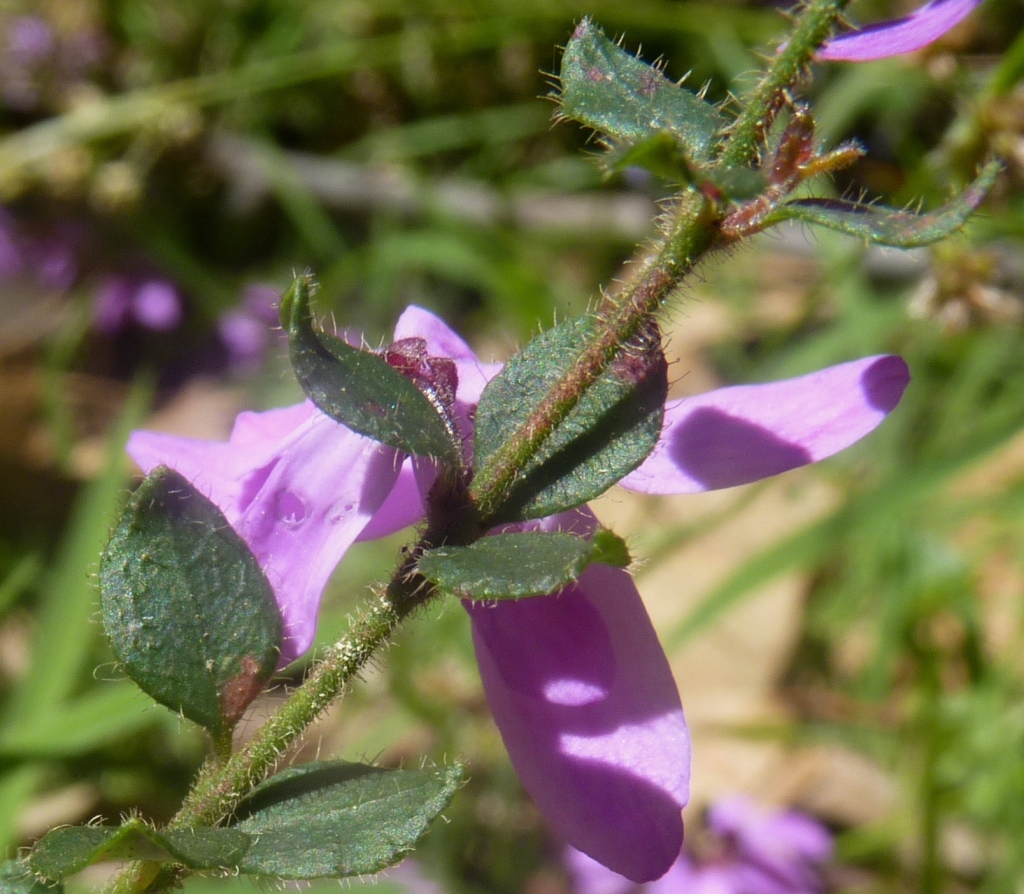Elaeocarpaceae
Trees or shrubs. Leaves alternate, opposite or whorled (sometimes absent or nearly so), simple or 1-foliolate, margins toothed or entire; stipules small, usually early caducous, or absent. Inflorescence an axillary raceme, panicle, dichasial cyme or a solitary flower. Flowers actinomorphic, generally bisexual; sepals 4 or 5, free or basally fused, often valvate; petals 4 or 5, free (in Victoria) or rarely united, often deeply fringed or lobed, valvate or imbricate, sometimes absent; stamens twice (or more than twice) as many as petals, usually free, borne on an enlarged disc or receptacle, anthers 2-celled, usually much longer than filaments, opening by more or less terminal slits or pores, connective often elongated; ovary superior, sessile, usually 2–many-celled; ovules 2–many per cell; style simple, sometimes lobed at tip. Fruit a drupe, capsule or berry.
About 12 genera with c. 635 species, chiefly in tropical and subtropical regions; 9 genera in Australia, 2 in Victoria.
Jeanes, J.A. (1996). Elaeocarpaceae. In: Walsh, N.G.; Entwisle, T.J., Flora of Victoria Vol. 3, Dicotyledons Winteraceae to Myrtaceae, pp. 322–323. Inkata Press, Melbourne.
 Spinning
Spinning


